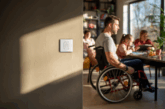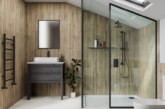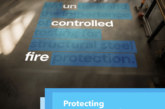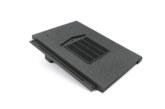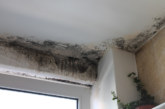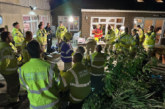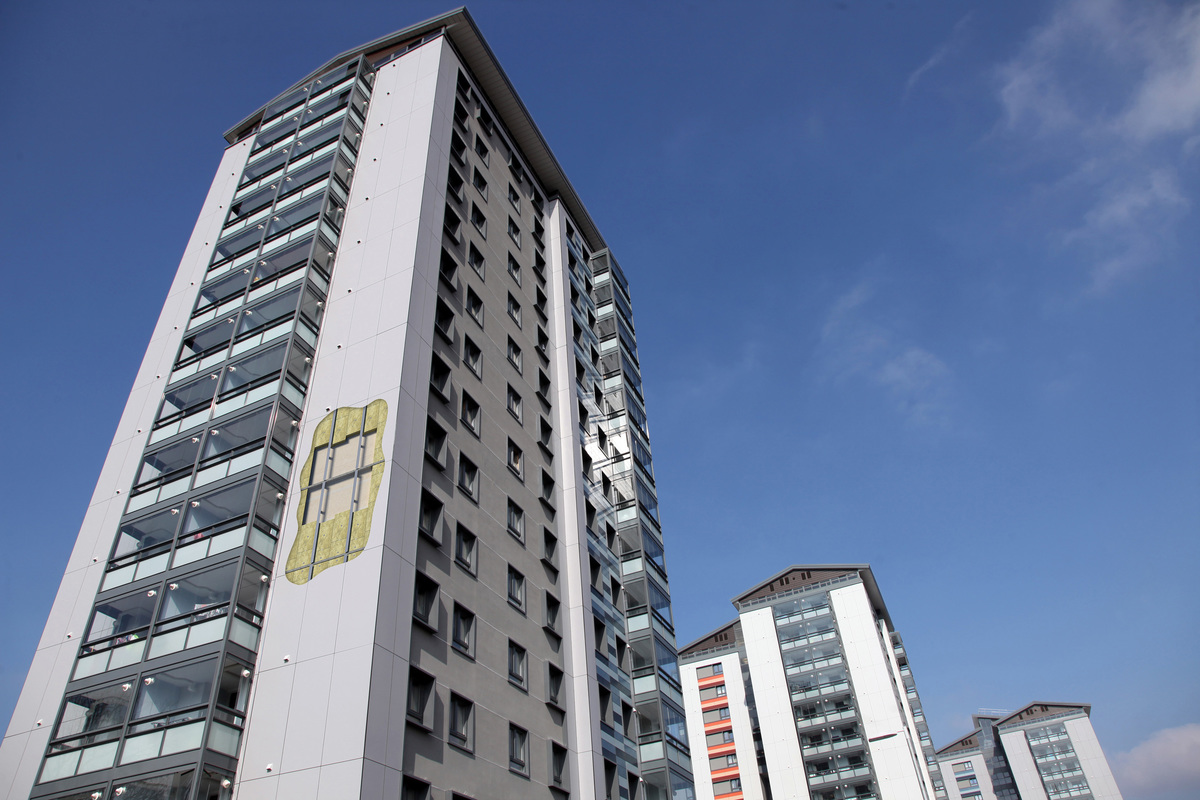
Tim Vincent, Head of Technical at Rockwool, highlights the need for greater clarity when it comes to fire safety and material specification.
Back in July, the Government announced an independent review of Building Regulations and fire safety — a review that is planned to deliver an interim report before the end of the year, and a final report by Spring 2018.
As we await these findings, it’s important to establish clarity of language and how this applies to building materials such as insulation and cladding. Starting with basic definitions, the Oxford English Dictionary explains the following terms:
- Non-combustible: Made of material that does not burn if exposed to fire.
- Combustible: Able to catch fire and burn easily.
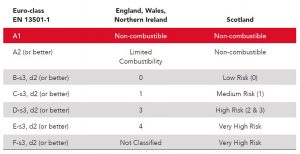 How do these terms relate to building materials?
How do these terms relate to building materials?
The European Reaction to Fire classification system (Euroclasses) is the EU standard for assessing the quality of building materials in the event of exposure to fire. This standard is a legal requirement for CE marked construction products and relevant for both the United Kingdom and the Republic of Ireland.
This classification system assesses and rates the ‘reaction to fire’ performance of construction products, providing a clear and simple method for comparing the performance of products when exposed to fire. When products are tested according to the Euroclass system, a range of factors are investigated: ignitability, flame spread, heat release, smoke production and propensity for producing flaming droplets/particles. The Euroclass system is accepted by all European Union States (and is mandatory where there is a Harmonised Product Standard) and includes seven classification levels, from A1 to F. Understanding these Euroclass classifications is vitally important.
The Euroclass system states that products achieving A1 classification are defined as non-combustible under these Regulations. Products achieving an A2 classification are recognised as products of limited combustibility, offering ‘no significant contribution to fire growth’. Products achieving a rating of B-F are deemed to be combustible. Where a product has not been measured for fire safety under the Euroclass system then it will be classed as F, meaning no performance declared (NPD).
“Whichever harmonised standard is applicable, by law, all manufacturers must have their products independently tested to verify performance claims.”
Determining the Euroclass rating of a product’s combustibility
In the case of thermal insulation, all products should be CE marked against the appropriate harmonised standard. The Harmonised Product Standard for mineral wool is BS EN 13162:2012. Whichever harmonised standard is applicable, by law, all manufacturers must have their products independently tested to verify performance claims. Once a product has been CE marked, the manufacturer must make publicly available a Declaration of Performance (DoP). The DoP is a legal document in which the manufacturer identifies the product and its intended use, indicating compliance in relation to the relevant Harmonised Product Standard and performance in relation to specified ‘essential characteristics’. It’s in the DoP that you can determine a product’s Euroclass rating. The declared value on the DoP will match one of the Euroclasses. For Rockwool stone wool insulation, you will find an A1 rating, meaning non-combustible.
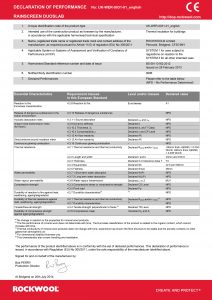 Building products
Building products
When we consider that over 95% of buildings screened and covered by the recent Government BS8414 testing programme failed to meet current fire safety standards, it’s clear that ambiguity, complexity, and confusion exists. This leaves many people asking, ‘is there a simple way to ensure a high-rise building is compliant?’.
An ‘obvious solution’ was stated by the DCLG on the 2nd August in their Advice to Landlords: ‘to ensure that the cladding system adequately resists external fire spread…replace the system with one where all of the elements of the wall are of limited combustibility. For example, a wall system which includes an ACM panel with limited combustibility filler (category 1) and limited combustibility insulation such as stone wool.’
Rockwool stone wool insulation withstands temperatures of up to 1,000˚C and has achieved the highest possible Euroclass rating: A1 non-combustible. With minimal organic content, the stone wool insulation will not produce any significant toxic smoke. The Rockwool Rainscreen DuoSlab, designed and manufactured specifically for this kind of application, is already an established choice within the market and installed on many high-rise projects.
Complementing the Rainscreen DuoSlab is the Rockpanel FS-Xtra exterior cladding panel, also manufactured from stone wool. The boards are designed to be applied on top of a steel or aluminium supporting structure and fixed with blind rivets. They meet the requirements for Euroclass A2-s1, d0 and are, therefore, classed as ‘of limited combustibility’. Design is not compromised with FS Xtra as it is available in a variety of vibrant colour and texture finishes.
Combining both Rainscreen DuoSlab and FS-Xtra in one solution meets the DCLG’s guidance as highlighted earlier. The combination provides vital fire protection for buildings in a solution designed to remain stable, slow the spread of flames and help protect the building’s load-bearing structure, buying valuable time for occupants to safely escape the building.



